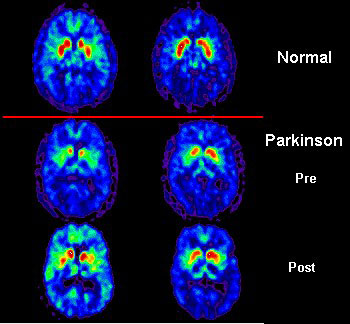 by PRESTON MACDOUGALL April 02, 2010
With $500 million to invest in K thru 12 educational reforms, Tennessee is the big-dollar winner among the celebrated pair - out of 820 possibilities from the 40 competing states and the District of Columbia that uploaded their post-script data proposals at the starting line. Delaware, corporate home of DuPont and where chemistry is a big freaking deal, is the other winning state. They had a slightly higher score, but requested only $100 million to execute their four-year game plan.
As of writing, we don't know the identities of the two NCAA basketball teams in the final bracket of higher education March Madness. But, assuming that Duke is not a shoo-in, we do know the four remaining possibilities out of the 4,160 that existed when all this madness began with the so-called play-in game. We also know for a fact that the game will have zero direct impact on the quality of education offered at either university. I have read that the NCAA may go to a 96-team bracket next year. Will all that March Madness still leave Cornell players enough time to study thermodynamics before midterms, or Tennessee players enough time to make bail? Hopefully, that's one experiment that won't get past the proposal stage. Aside from the massive media attention differences - or perhaps it is the reason for it - the most fundamental distinction between the final brackets of Race to the Top and March Madness is that only the latter holds the prospect of one team annihilating the other. Speaking of annihilation, all this water-cooler talk about brackets got me thinking about "The Strangest Man". I'm not referring to Dennis Rodman, but to the title of a book that I'm reading about "the hidden life of Paul Dirac, mystic of the atom." The author, Graham Farmelo, is a physicist and Senior Research Fellow at the Science Museum of London. His writing bounces back and forth between the quirky personal life of British mathemagician and theoretical physicist P. A. M. Dirac - as he is known to those who have only read him - and the theories of physics that he astounded the scientific community with. As a young Cambridge Ph.D. student, Dirac noticed the similarities between the then newly discovered rules of quantization of the measurable properties of atomic and sub-atomic matter, such as energy and angular momentum, and the mathematical shorthand of so-called Poisson brackets that were in standard use for predicting the evolution with time of the position and momentum of relatively HUGE spinning objects, such as basketballs or planets. Dirac invented his own mathematical methods, and corresponding notation that he called bras and kets, which still form the basis for the most accurate predictions of the interactions between light and matter using the theory that he coined "quantum electrodynamics", or QED. Dirac so strongly believed that the ultimate equations of physics must be beautiful, and symmetrical, that he proposed the existence of anti-matter based on the mathematical form of the equation describing electrons that now bears his name - the Dirac equation. He speculated that in addition to the electrons that our atoms call their own, there should be particles that are similar in mass and spin to electrons, but opposite in charge and energy. We call them positrons, and to everyone's surprise they were discovered shortly after Dirac imagined their bizarre existence. If you, or someone you know, has had a PET scan taken of their brain, or some other diseased organ, the 3D image was generated by detection of millions of pairs of high-energy gamma-rays emitted when the positrons, that are emitted by radioactive imaging agents that are swallowed by the patient, are annihilated in collisions with electrons from atoms in the patient's brain. A high-quality science education isn't essential to enjoy the excitement of a basketball game, but it might help the public appreciate the "miracle shot" of a PET scan when a cancer patient's life is down to the buzzer.
E-mail your letters & opinions to editor@sitnews.us SitNews ©2008 Stories In The News Ketchikan, Alaska |
||
